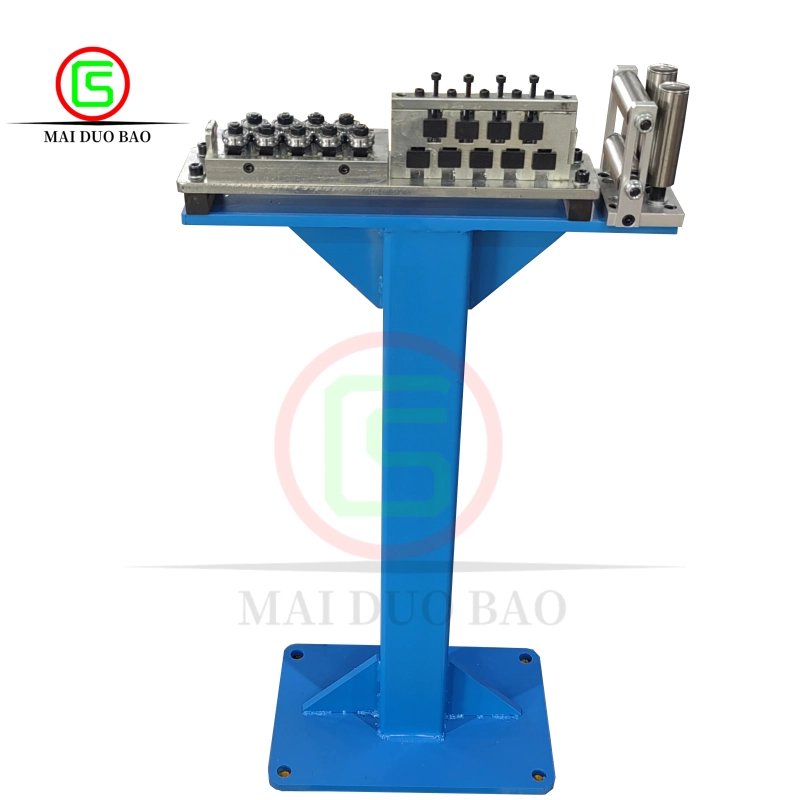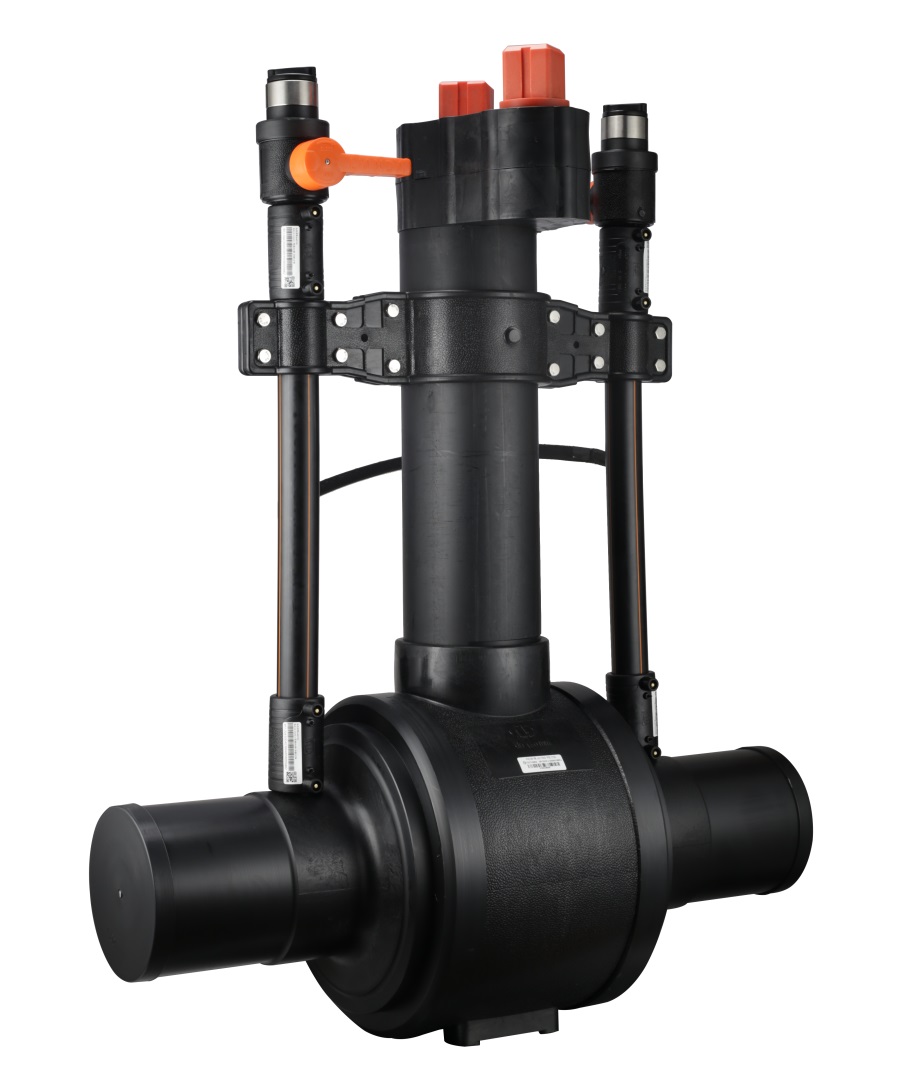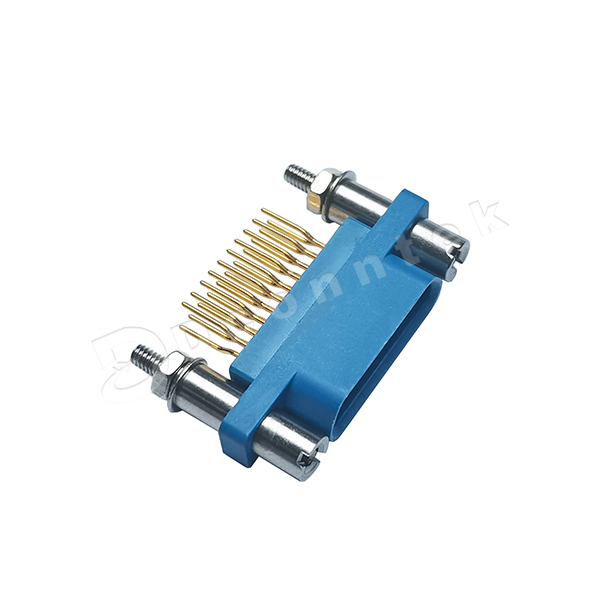Revolutionizing Woodworking: The Advantages of CNC Woodworking Machinery
6 min readWoodworking has come a long way from the days of hand tools and manual labor. Thanks to advancements in technology, we now have access to highly sophisticated machinery that can take our woodworking projects to new heights. One such innovation is CNC woodworking machinery.
In this blog post, we will delve into the world of CNC woodworking and explore its many advantages. From improved precision and efficiency to increased safety for workers, these machines are reshaping the way woodworkers approach their craft. So, grab your sawdust-covered apron and join us on this exciting journey as we uncover the transformative power of CNC woodworking machinery!
What is CNC Woodworking?
CNC, which stands for Computer Numerical Control, refers to the use of computerized control systems to automate woodworking processes. In CNC woodworking, a computer program controls the movement and operation of machinery, resulting in precise and consistent cuts, carvings, and designs.
Unlike traditional woodworking methods that rely on manual manipulation of tools by skilled craftsmen, CNC woodworking machines operate with unmatched precision. These machines can be programmed to execute complex tasks with accuracy down to fractions of a millimeter.
At the core of CNC woodworking lies a machine called a router. This tool uses spinning blades or bits to cut through wood materials based on instructions provided by the computer program. The high-speed rotation coupled with precise movements allows for intricate designs and detailed finishes.
The beauty of CNC woodworking lies in its ability to replicate designs flawlessly. Once a design is inputted into the computer software, it can be reproduced countless times without any variation or deviation. This makes it ideal for mass production or creating identical components for larger projects.
One key aspect that sets CNC woodworking apart from traditional methods is its reliance on digital technology. By utilizing CAD (Computer-Aided Design) programs along with specialized software specific to CNC machines, woodworkers have greater flexibility in designing their projects. They can easily modify dimensions, experiment with different patterns and shapes before committing them to wood.
In addition to cutting-edge design capabilities, another advantage of CNC woodworking is its efficiency in material usage. With careful programming and optimization techniques integrated into these machines' software algorithms, minimal waste occurs during production runs. This not only saves costs but also reduces environmental impact.
All these factors combined make CNC woodworking an invaluable asset in modern-day workshops across various industries – from furniture manufacturing and cabinetry making to architectural modeling and decorative craftsmanship.
The History of CNC Woodworking
The history of CNC woodworking is a fascinating tale that showcases the evolution of technology and its impact on the woodworking industry. It all began in the 1950s when computer numerical control (CNC) machines were first introduced. These early machines relied on punched tapes to input instructions, allowing for automated precision in cutting and shaping wood.
As technology advanced, so did CNC woodworking machines. In the 1970s, with the advent of microprocessors and computer-aided design (CAD) software, these machines became more sophisticated and capable of executing complex designs with incredible accuracy.
Throughout the years, CNC woodworking has continued to revolutionize the industry. The introduction of routers in the 1980s allowed for even greater versatility in creating intricate designs on various types of wood materials. This opened up new possibilities for furniture makers, cabinet manufacturers, and other woodworking professionals.
In recent decades, advancements such as multi-axis machining have further enhanced CNC woodworking capabilities. This technology enables simultaneous movement along multiple axes, resulting in highly precise cuts and shapes that would be difficult or impossible to achieve manually.
Today's CNC woodworking machines are equipped with user-friendly interfaces and powerful software that streamline production processes while ensuring consistent quality. From small workshops to large-scale manufacturing facilities, these machines have become indispensable tools for modern-day woodworkers.
The continuous development of CNC woodworking machinery shows no signs of slowing down. As technology evolves at an unprecedented pace, we can expect future innovations that will push boundaries even further – enabling faster speeds, improved automation features, and increased customization options.
Advantages of CNC Woodworking Machines
Precision and Efficiency
One of the biggest advantages of using CNC woodworking machines is their ability to deliver precise and accurate results. These machines are programmed with intricate designs, allowing them to cut, shape, and carve wood with incredible precision. This eliminates human error and ensures that each piece is uniform and consistent.
Furthermore, CNC woodworking machines are highly efficient in terms of speed and productivity. They can complete tasks much faster than traditional hand tools or manual machinery. With automated processes, these machines can work non-stop for extended periods without compromising quality.
Cost-Effectiveness
Investing in CNC woodworking machines may seem like a significant upfront cost; however, it can lead to substantial long-term savings. The precision and efficiency offered by these machines reduce material waste significantly. Additionally, they require less labor compared to traditional methods since most operations are automated.
Versatility in Design and Production
CNC woodworking machines enable endless possibilities when it comes to design creativity. These advanced systems can handle complex patterns, intricate details, and unique shapes that were once difficult or impossible using conventional methods.
Moreover, the versatility extends beyond design capabilities – CNC woodworking machines allow for quick changes between projects or adjustments within a single project. This flexibility enables businesses to take on diverse orders while maintaining optimal production efficiency.
Increased Safety for Workers
Traditional woodworking involves manual handling of sharp tools that pose risks to workers' safety. By transitioning to CNC machinery, businesses significantly minimize the potential hazards associated with operating heavy equipment or performing repetitive tasks manually.
The use of automated processes reduces the physical strain on workers' bodies as well as exposure to harmful dust particles present during cutting or sanding operations.
Precision and Efficiency
Precision and efficiency are two key advantages of CNC woodworking machines that have revolutionized the industry. These machines are designed to perform tasks with incredible accuracy, ensuring consistent results every time. With traditional woodworking methods, human error can lead to variations in measurements and angles, resulting in imperfect pieces. However, with CNC machinery, these errors are minimized or eliminated altogether.
CNC woodworking machines utilize computer-controlled technology to execute precise movements and cuts based on digital designs. This level of precision allows for intricate detailing and complex patterns that would be difficult or impossible to achieve manually. Whether it's creating ornate carvings or perfectly fitting joints, CNC machines excel at delivering the utmost precision.
In addition to precision, CNC woodworking machines offer exceptional efficiency by streamlining production processes. Traditional woodworking often requires manual labor and multiple tools for each step of the process. However, CNC machines can perform multiple operations simultaneously without compromising quality.
This increased efficiency translates into shorter production times and higher output levels for businesses utilizing CNC technology. It also reduces material waste as optimization software helps maximize the use of available resources.
Furthermore, these machines operate continuously once programmed, eliminating downtime typically associated with manual adjustments or tool changes. The automated nature of CNC machinery enables continuous operation around the clock if necessary.
Precision and efficiency go hand in hand when it comes to harnessing the power of CNC woodworking machinery. By leveraging this advanced technology, woodworkers can create intricate designs with unparalleled accuracy while optimizing their productivity levels like never before!
Cost-Effectiveness
Cost-effectiveness is one of the key advantages of CNC woodworking machines. These machines have revolutionized the woodworking industry by streamlining production processes and reducing wastage, ultimately saving businesses both time and money.
One way in which CNC woodworking machines are cost-effective is through their increased efficiency. These machines can perform tasks with high precision and speed, minimizing the need for manual labor and reducing the overall production time. This means that businesses can produce more products in less time, maximizing their output potential.
Additionally, CNC woodworking machines help to reduce material waste. With traditional methods, there is often a margin for error which leads to wasted materials. However, CNC technology eliminates this issue by accurately cutting and shaping wood pieces according to precise measurements. This not only reduces material waste but also saves businesses from having to purchase additional materials to compensate for errors.
Furthermore, these machines require minimal maintenance compared to traditional equipment. Once set up correctly, they operate consistently without much intervention or downtime due to breakdowns or repairs. This saves businesses money on regular maintenance costs as well as any lost revenue from halted operations.
Investing in CNC woodworking machinery allows businesses to expand their capabilities and take on a wider range of projects without significantly increasing costs. The versatility of these machines enables them to handle intricate designs with ease while maintaining high levels of accuracy.
When considering all the factors mentioned above – increased efficiency, reduced material waste, lower maintenance costs, and expanded capabilities – it becomes clear why CNC woodworking machinery offers such cost-effectiveness benefits for businesses in the industry.
Manager Chen
chenlei@unionbrother.cn



